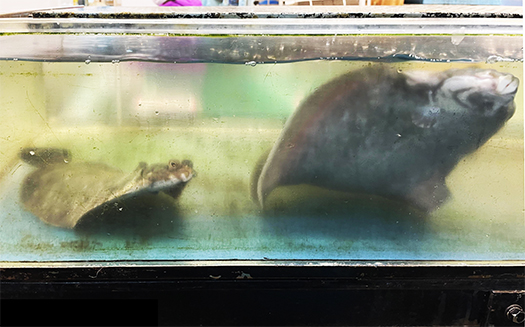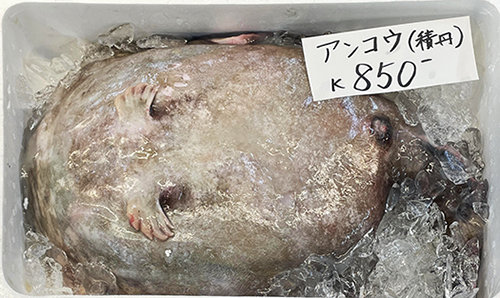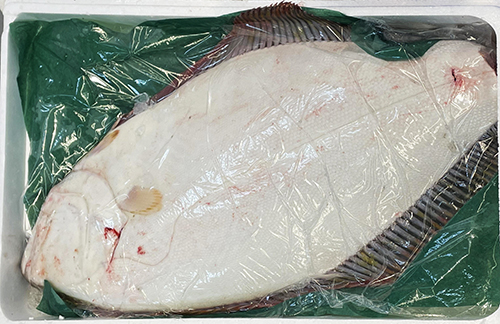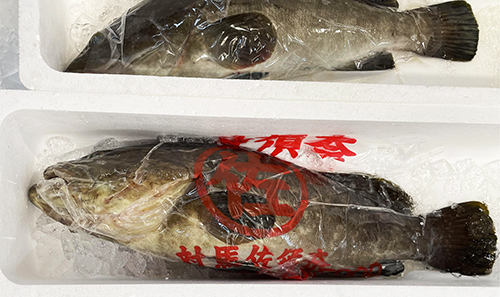
わたしの料理好きは小学校時代以来。男兄弟5人、姉1人という家庭環境で育った末っ子なのですが、親はバランス的にか、末っ子には女の子を希望していたそうです。生まれてきてガッカリということだったそうですが、姉がそれを不憫に思ってか、シスターボーイという1957年公開の米国映画「お茶と同情」から流行した語で「女性のような態度・容姿」みたいな弟に育って欲しい期待があったようなのです。
そんな期待を感じてか、なぜか料理に強く興味を持って、小学校3年くらいのときにはじめて「家庭科」の授業を受けて大いに刺激されて、そこで作り方を教えられた「サラダ」を家に帰って作って見た。とくに姉と母がいたく感激して喜んでくれた。それが好奇心の出発点だったように記憶しています。
それから幾星霜、三つ子の魂百まで、ではないのですが、日々料理の工夫大好きオヤジ(笑)に。
最近は余市のお魚屋さん・新岡商店にチョコチョコと通ってお魚の捌きに興味津々の毎日であります。ちょうど本日は家族が集っての「手巻き寿司」パーティ企画。これも最近よく通っている札幌中央市場に行って購入しております。上の写真はその市場にあった水槽。てっきり「活き作り」用の商品かと思ったら、「あ、それはペットなんです(笑)」という店員女性のニッコリ顔。
魚種は「ババカレイ」という魚ですが、近づいていくと、なんとシッポを振って近寄ってくる。「それはね、エサをくれると思ってよってくるんですよ」とのこと。犬のかわいい仕草で「尻尾を振る」はよく見かけるしそうされるとウレシイですが、ババカレイが、という驚きの光景。
陸上動物、哺乳類には人間との近縁感があるので、感情というものも感じますが、さすがに魚までは想像力が及ばなかった。しかし、市場などに通ううちにたしかに愛情の深まりは感じさせられる。人間は罪深くかれらを食べるのだけれど、それは異相だけれど愛情のひとつのカタチであるとも強く思わされる。



ということで、きのう市場で出会った上から順に、アンコウ・ヒラメ・クエであります。クエなどは「対馬」の産地文字が見えている。日本人はこういう海生動物と長い年月の交流が基盤にあったのでしょうね。まことに姿カタチ、かわいらしい。さて、きょうは手巻き寿司食べるぞ。
English version⬇
[On weekends, fish and their date to watch and eat (laughs).
Flounder, which have been made into pets, welcome me as they dance. I process the fish and make sashimi, but at the same time I feel affection for them. Is this a contradiction in terms of killing and eating?
My love of cooking has been with me since elementary school. I grew up in a family environment with five male siblings and an older sister, and my parents, perhaps for balance, wanted their youngest child to be a girl. His older sister took pity on him, and she had an expectation that he would grow up to be a sisterboy, a term popularized from the 1957 American movie “Tea and Sympathy,” which means “having an attitude and appearance like a woman.
Perhaps sensing such expectations, for some reason he took a strong interest in cooking, and was greatly inspired by his first “home economics” class when he was in the third grade of elementary school. My sister and mother were especially impressed and pleased. I remember that as the starting point of my curiosity.
Many years have passed since then, and I have become an old man who loves to devise new ways of cooking.
Recently, I have been going to a fish shop in Yoichi, Nioka Shoten, every day, and I am very interested in fish processing. Just today, my family is planning a “Temakizushi” party. I went to Sapporo Central Market, which I have been frequenting recently, to buy fish. The photo above is a water tank at the market. I thought it was a product for “Ikemakuri,” but the shopkeeper’s smiling face said, “Oh, that’s for pets.
The species of fish is called “baba flounder,” and as I approached it, to my surprise, it approached me, wagging its tail. When you get close to the fish, it wags its tail and comes close to you, thinking that it will feed on you. The wagging tail is a cute gesture by dogs, and it is often seen and appreciated by dogs, but this is a surprising sight to see a Baba Flounder.
I have a sense of kinship with humans when it comes to land animals and mammals, and I also feel emotions, but as expected, my imagination did not extend to fish. However, as I went to the market, I could certainly feel the depth of their affection. Although humans eat them sinfully, I strongly feel that this is a form of love, even though it is a different phase of love.
So, in order from top to bottom, they are anglerfish, flatfish, and kue (kue) that I encountered at the market yesterday. Kue, for example, has “Tsushima” in the name of its place of origin visible. Japanese people must have had a long history of interaction with these marine animals. They are really cute in shape and form. Well, today, I am going to eat Temakizushi.
Posted on 3月 5th, 2023 by 三木 奎吾
Filed under: おとこの料理&食







コメントを投稿
「※誹謗中傷や、悪意のある書き込み、営利目的などのコメントを防ぐために、投稿された全てのコメントは一時的に保留されますのでご了承ください。」
You must be logged in to post a comment.